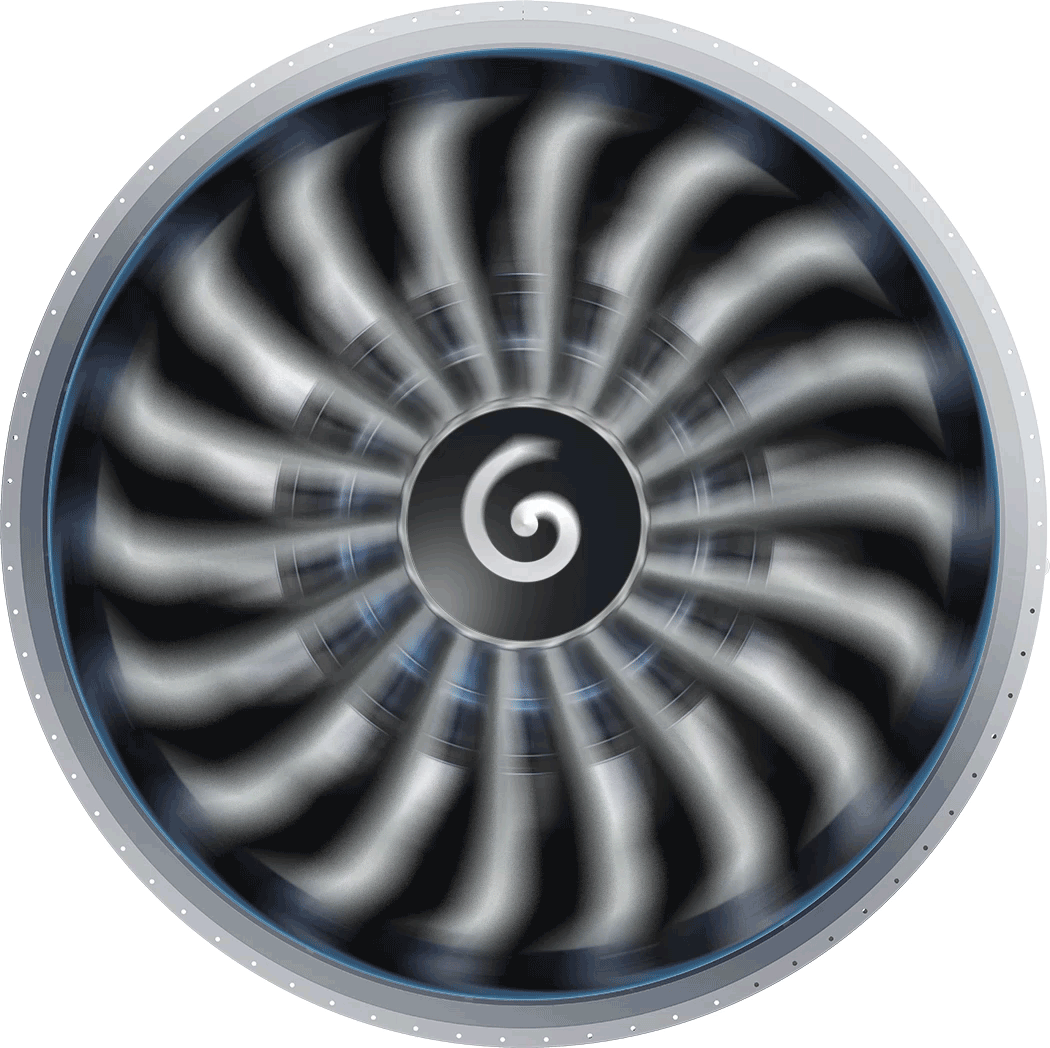

Stay tuned for the forthcoming book CFM: The Power of Flight. A History. By Guy Norris and Felix Torres.








The LEAP-1A is scheduled to enter service on Airbus A320neo.



The LEAP-1B receives joint FAA / EASA certification.

The Boeing 737 MAX makes its first flight.


The LEAP-1A receives joint FAA / EASA certification.


The LEAP-1A has its first flight on A320neo.

The LEAP-1B engine begins flight testing on a modified 747 flying testbed.



The LEAP-1A/-1C begins flight test on a modified 747 flying testbed.



The first LEAP-1B engine begins ground testing.



The first LEAP-1A engine begins ground testing.


The LEAP-1B is selected as sole powerplant for Boeing 737 MAX.


LEAP-1A is selected to power the A320neo.


The LEAP-1C is selected as the sole Western powerplant for COMAC C919.




The 20,000th CFM56 engine is delivered.



The LEAP-X engine is launched for next-generation single-aisle aircraft.


GE and Safran Aircraft Engines renew the CFM partnership to the year 2040

The 15,000th CFM56 engine is delivered.

CFM56 Tech Insertion program launches.

The 10,000th CFM56 engine is delivered.




CFM56-7B enters service with Southwest Airlines.

CFM56-5B launches for the Airbus A320 family.






CFM56-7B becomes the sole engine for 737 N-G.


CFM56-5-powered A320 enters service with Air France.




CFM56-5 is chosen as engine option on A320 aircraft.


U.S. Air Force receives first re-engined KC-135R tanker aircraft. Today, the USAF is still CFM’s largest customer.

The first CFM56 engine enters commercial service with Delta Air Lines on DC-8 Super 70.


CFM56-3 becomes the sole engine for what would be become Boeing 737 Classic aircraft.

CFM56-2 launches on re-engined DC-8, with the program two weeks from cancellation.


*Snecma officially becomes Safran Aircraft Engines in May 2016
GE and Snecma form CFM International as a 50/50 joint venture.

*Snecma officially becomes Safran Aircraft Engines in May 2016
GE’s Gerhard Neumann and Snecma’s* René Ravaud realize they share a vision for the future of aviation.
This division became the Aircraft Engine Business Group in 1968, with over 31,000 employees worldwide. Neumann retired on January 1, 1980, and died on November 2, 1997.
Neumann’s ascendancy through the GE ranks was rapid. In 1953, he took over the Flight Propulsion Laboratory; two years later, he was appointed general manager of the company’s Jet Engine Department. In 1958, he managed the Small Aircraft Engine Department, and in 1961, the Flight Propulsion Division.
After the war, Neumann was sent to Washington D.C., where he was awarded full American citizenship. He joined General Electric’s Gas Turbine Division as a test engineer in 1948. Here, he worked on variable stator technology, including variable stator vanes. This concept, for which Neumann was awarded eight patents, was a key development in the history of jet engines.
It is here that he earned the nickname “Herman the German” for his World War II exploits against the Japanese, which included assembling an entire Zero fighter from crashed parts to discover its secrets.
In 1939, he responded to the urgent call for engineers to fight against Japanese invaders. He went on to join Colonel Claire Lee Chennault, who had formed the Chinese Air Force, which became the American Volunteer Group nicknamed the Flying Tigers.
After an apprenticeship in a local automobile garage in Germany, he joined the prestigious Ingenieurschule Mittweida in 1935, where he was trained as both a mechanical engineer and aircraft designer.
During his eleven years in office, he aggressively modernized and radically transformed Snecma. Before his death on November 1, 1986, Ravaud had the satisfaction of seeing his project, the CFM56, well on its way to becoming the most successful engine program in commercial aviation history.
After he took the helm of Snecma in 1971, he oversaw the company triple its sales and diversify its activities, forming the CFM alliance with GE while maintaining its technological capability in all sectors of engine development.
On his return to France in 1960, Ravaud was assigned to the Central Construction and Naval Weaponry group, and became the director of development for the Ministerial Delegation for Armaments in 1961. In 1965, he became the first director of the Directorate of Programs and Industrial Affairs.
He began his aerospace industry career in 1946 by creating an aircraft construction workshop at Cuers Pierrefeu near Toulon. In 1951, he became Deputy Head of Mission Marine Technology at the French Embassy in Washington D.C. before becoming head of the Technical Purchasing Mission in 1957.
Without René Ravaud, there would have been no CFM56, and France would not have gained a half share in the most successful commercial engine in history.
Gerhard Neumann was an enterprising engineer, inventor and manager who led an extraordinary life.




The history of CFM is the fascinating story of a truly unique transatlantic partnership that went from being a nearly cancelled program to becoming the world’s leading supplier of commercial aircraft engines. Explore more than 40 years of growth and innovation with CFM.

















